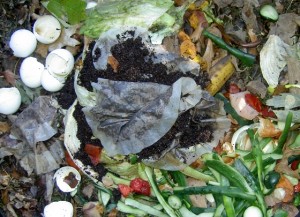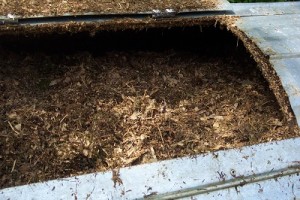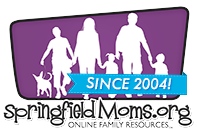 We’ve all heard of composting, but do you really know what it’s all about and why you would want to start composting? Here are the basics to get started!
We’ve all heard of composting, but do you really know what it’s all about and why you would want to start composting? Here are the basics to get started!
What is composting?
Composting is the intentional degrading of organic materials, such as yard waste, food scraps and even certain paper products. Nature takes its course, and the end result is a nutrient-rich compound that you can use for planting around your home.
Why compost?
There are many reasons to start composting, including:
- It’s environmentally responsible.
- Keeps up to 30% of waste out of landfills, which ends up reducing the levels of methane gas released into the atmosphere (this gas contributes to global warming).
- Gets the kids involved – teaches them about conservation and science!
- It’s cheap!
- Your flowers and vegetables will thank you.
- Compost is the ultimate fertilizer. Did we mention that it’s cheap?
What can I compost?
Grass clippings, leaves, wood chips, other plant material from your yard and garden – take care with the “green” items; don’t put too much on your pile.
- Plant based scraps from fruits and vegetables
- Eggshells
- Coffee grounds, teabags
- Torn down cardboard boxes
- Newspapers, white computer paper
- Don’t try to compost too much of one type of material, as it can throw off the pH balance of the pile.
What can’t I compost?
- Pet excrement (you can use waste from plant-eating animals, such as cows)
- Meats, bones, any greasy foods
- Dairy products
- Seafood
- Citrus peels, eucalyptus leaves, pine needles
- Anything which normally has a strong aroma, which might attract unwanted pests
- Any diseased vegetable plants, plants that have been treated with insecticides or herbicides
- Weeds
Step 1 to Getting Started – Bin or Pile?
There are a couple of ways to go – purchase or re-purpose a bin or create a pile somewhere behind your home. This depends upon how sacred your backyard is and what your budget is. If you have a limited budget, a pile is the way to go and it can go anywhere in your backyard (behind a shed, fence, etc.). If you are worried about the appearance of a piled heap, consider purchasing a compost bin. Your compost pile should be placed in a sunny spot if you live in a cold area, and in a shady spot if you live in a warmer area.
Here are some ideas:
Pile
- Determine where your pile should be – well hidden behind a shed, or just behind your house. Think about your family’s motivation level and how disciplined you’ll be to check the pile and add things to it. Keep it closer if you think that may be a problem. Don’t worry – the pile won’t smell, so long as you are putting in the right things!
- Your pile can be just laid out on the ground or you can create an enclosure using chicken wire and stakes.
- The ideal size is 3’x3’x3′. Your pile won’t be this large at first, of course.
Homemade Bin
- Purchase a storage container with a lid, not the see-through kind. Drill holes in the sides and bottom.
- Use wooden pallets – lay one on the ground and drive metal stakes into the ground – slide the other pallets vertically over the stakes and you’ll have a large compost bin.
Purchased Bin
- Many home and garden stores carry commercially made composting bins.
Maintain your compost pile and be patient.
- It can take anywhere from several weeks to a year to have usable compost, depending upon your climate.
- Don’t be surprised if worms hang out in your compost! They’re great in a compost pile and can speed up the process.
- Some literature suggests “turning” the compost every few weeks, however, other literature says that it isn’t necessary – do a little research and come to your own conclusion.
- Your compost is ready when you can no longer recognize the parts.
- If you use a storage bin, place it in a plastic tray and capture the liquid – you can use this liquid as a fertilizer on your houseplants, vegetable plants, flowers, etc.
Additional Resource:
http://www.gardenguides.com/2143-guide-composting.html










